KNEC KCSE Biology Paper 2 Question Paper / 2016 Pre KCSE
2016 Pre KCSE
Biology Paper 2
SECTION A (40 Marks)
Answer all the questions
The equation below represents a metabolic process that occurs in a certain organ in the mammalian body.
(a) Name the process represented in the equation above. (1 mark)
……………………………………………………………………………………………………………………….
(b) Name the organ in which the process occurs. (1mark)
………………………………………………………………………………………………………………………..
(c) Why is the process important to mammals (1mark)
……………………………………………………………………………………………………………………….
(d) Identify the organic compound Q. (1 mark)
………………………………………………………………………………………………………………………..
(e) Explain the source of ammonia in the organ named in (b) above. (2 marks)
………………………………………………………………………………………………………………………
………………………………………………………………………………………………………………………
(f) What happens to organic compound Q.? (2 marks)
………………………………………………………………………………………………………………………
………………………………………………………………………………………………………………………
8 marks
An athlete training to take part in an international competition moved to a high altitude area where he was to train for twelve (12) days before the competition. He took his pulse rate per minute daily and tabulated them as shown below
| DAY | 1 | 2 | 3 | 4 | 5 | 6 | 7 | 8 | 9 | 10 | 11 | 12 |
| Pulse per minute | 72 | 78 | 89 | 92 | 92 | 90 | 86 | 77 | 74 | 72 | 72 | 72 |
(a) Other than pulse rate, name one other process which was affected by change in altitude. (1mark)
…………………………………………………………………………………………………………………….
(b) Account for the change in pulse rate from.
(i) Day 1 to day 7 (1 mark)
………………………………………………………………………………………………………………………
………………………………………………………………………………….……………………………………
(ii) Day 8 to day 12 (1 mark)
………………………………………………………………………………………………………………………
………………………………………………………………………………….……………………………………
(c) Explain the advantage this athlete has over the one who trains in a lower altitude area. (2 marks)
………………………………………………………………………………………………………………………
………………………………………………………………………………….……………………………………
………………………………………………………………………………………………………………………
………………………………………………………………………………….……………………………………
(d) The equation below represents a reaction which takes place during rapid muscular movements in humans.
Glucose → lactic acid + 150kj
(i) State two effects of this reaction to an individual (2 marks)
………………………………………………………………………………………………………………………
………………………………………………………………………………….……………………………………
………………………………………………………………………………………………………………………
………………………………………………………………………………….……………………………………
(ii) How is lactic acid finally eliminated from the muscle tissue after the muscle return to normal movement (1 mark)
………………………………………………………………………………………………………………………
……………………………………………………………………………….………………………………………
………………………………………………………………………………………………………………………
……………………………………………………………………………….…………………………..………….
8 marks
Study the diagram below and answer the questions which follow.
(i) Identify the muscle represented by letters A and B (2 marks)
A
…………………………………………………………………………………………………………………
B
………………………………………………………………………………………………………………….
(ii) Describe how muscles A and B cause straightening of joint C (2 marks)
………………………………………………………………………………………………………………………
………………………………………………………………………………………………………………………
(b) Name the joint C (1 mark)
………………………………………………………………………………………………………………………
………………………………………………………………………………………………………………………
(c) Name parts label D, E and F (3marks)
D
………………………………………………………………………………………………………………………
E
……………………………………………………………………………………………………………………….
F
……………………………………………………………………………………………………………………….
8 marks
In a certain bird species red flight feathers is controlled by gene R while white flight feather is controlled by gener. The heterozygous condition Rr results into pink flight feathers.
(a) By use of a punnet or fussion lines, find the genotype of a cross between pink flight feathered bird and white flight feathered bird.
………………………………………………………………………………………………………………………
………………………………………………………………………………………………………………………
………………………………………………………………………………………………………………………
………………………………………………………………………………………………………………………
………………………………………………………………………………………………………………………
………………………………………………………………………………………………………………………
(b) Which type of dominance is illustrated here? (1 mark)
………………………………………………………………………………………………………………………
………………………………………………………………………………………………………………………
(c) i) Identify the nuclei acid whose base sequence is shown below. (1 mark)
………………………………………………………………………………………………………………………
………………………………………………………………………………………………………………………
G – A – C – U – A – G – C – G – U
(ii) Give a reason for your answer in (i) above (1 mark)
………………………………………………………………………………………………………………………
………………………………………………………………………………………………………………………
(iii)If this nucleic acid was involved in protein synthesis, how many amino acid would be present in the protein synthesized.
………………………………………………………………………………………………………………………
………………………………………………………………………………………………………………………
………………………………………………………………………………………………………………………
………………………………………………………………………………………………………………………
8 marks
The diagram below represents a longitudinal section through the ileum wall.
a) Identify the structures labeled X and Y (2 marks)
X
……………………………………………………………………………………………………………………….
Y
……………………………………………………………………………………………………………………….
b) State one function of X and Y (2 marks)
X
……………………………………………………………………………………………………………………….
Y
……………………………………………………………………………………………………………………….
c) State two functions of the ileum (2 marks)
………………………………………………………………………………………………………………………
………………………………………………………………………………………………………………………
………………………………………………………………………………………………………………………
………………………………………………………………………………………………………………………
d) Explain the role of the liver in digestion (1mark)
………………………………………………………………………………………………………………………
………………………………………………………………………………………………………………………
………………………………………………………………………………………………………………………
………………………………………………………………………………………………………………………
e) State the endocrine (hormonal) role of pancreas in a mammal (1mark)
………………………………………………………………………………………………………………………
………………………………………………………………………………………………………………………
………………………………………………………………………………………………………………………
………………………………………………………………………………………………………………………
8 marks
SECTION B (40 Marks)
Answer question 6 compulsory and either question 7 or 8 in the space provided
The diagram below shows an experiment that was carried out to measure rate of photosynthesis in a water plant when exposed to different light intensities.
.
The shoot was exposed to different light intensities and the rate of photosynthesis estimated by counting the number of bubbles of the gas leaving the shoot per minute. The results are tabulated below.
| Number of bubble per minute | 7 | 14 | 20 | 24 | 26 | 27 | 27 | 27 |
| Light intensity (arbitrary units) | 1 | 2 | 3 | 4 | 5 | 6 | 7 | 8 |
a) Draw the graph of the number of bubbles produced per minute against light intensity. (6 marks)
b) At what light intensity did the shoot produce
i) 18 bubbles per minute (1mark)
……………………………….……………………………………………………………………………………
…………………………………………………………………………………………………………………….
ii) 25 bubbles per minute (1mark)
……………………………………………………………………………………………………………………
……………………………………………………………………………………………………………………
c) Give two better ways of measuring the rate of photosynthesis other than counting bubbles produced per minute.
(2 marks)
………………………………………………………………………………………………………………………
………………………………………………………………………………………………………………………
d) What is role of light intensity in photosynthesis (2marks)
………………………………………………………………………………………………………………………
………………………………………………………………………………………………………………………
e) Account for the expected results if the experiment was done at the following temperatures.
(i) 4oc (2 marks)
………………………………………………………………………………………………………………………
………………………………………………………………………………………………………………………
(ii) 34o ( 2marks)
………………………………………………………………………………………………………………………
………………………………………………………………………………………………………………………
(iii)60o ( 2marks)
………………………………………………………………………………………………………………………
………………………………………………………………………………………………………………………
f) Apart from light intensity and temperature, name other two factors that affect the rate of photosynthesis. (2marks)
………………………………………………………………………………………………………………………
………………………………………………………………………………………………………………………
20 marks
(a) How are lungs adapted to their function?
(b) Describe the mechanism of opening and closing of the stomata using the photosynthesis theory.
20 marks
(a) Describe the various mechanism of fruit and seed dispersal.
(b) Describe the various events that occur in a flower after fertilization.
………………………………………………………………………………………………………………………
………………………………………………………………………………………………………………………
………………………………………………………………………………………………………………………
………………………………………………………………………………………………………………………
………………………………………………………………………………………………………………………
………………………………………………………………………………………………………………………
………………………………………………………………………………………………………………………
20 marks

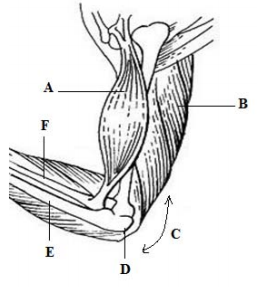
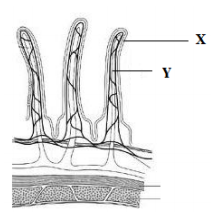

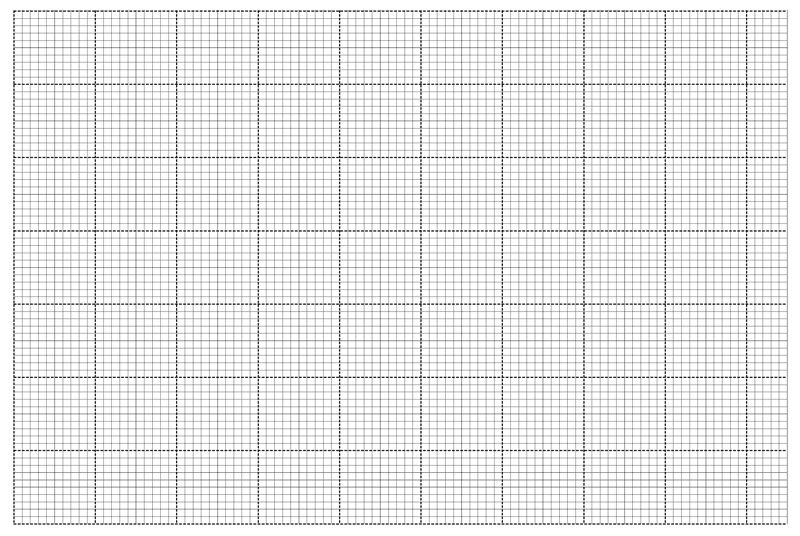
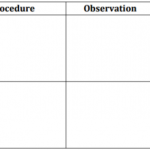
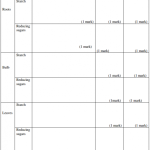


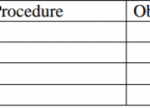


Please assist with knec past papers in certificate (craft) in agriculture…. please thank you..